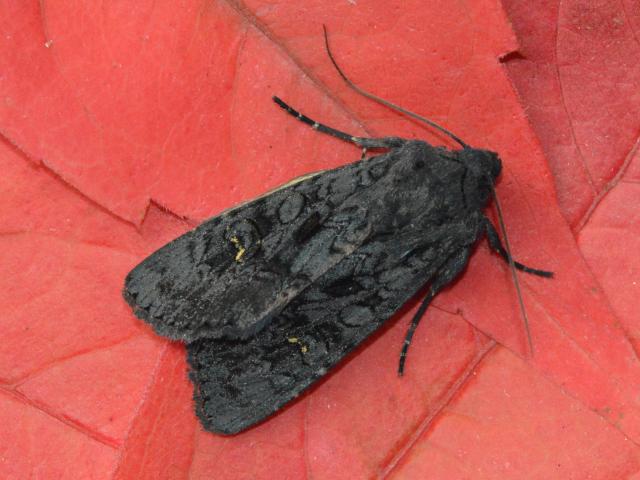We British are very interested in the weather. It’s a national obsession, and nowhere more so than among Britain’s butterfly and moth enthusiasts. Our hobby is highly weather dependant, as are the insects that we are so keen to see, record, study and conserve.
Not only do the prevailing conditions play a large part in the likely success of seeing butterflies and moths, but the weather (and ultimately the climate) is one of the most important influences on insect populations. Thus bad weather both frustrates our attempts to see these beautiful creatures and, even worse, instils the disheartening feeling that populations may be reduced in the coming weeks, months and years too.
According to the Met Office, the average temperature this winter (i.e. December, January and February) was just below the 30-year average and it was also slightly wetter than usual. So overall, a pretty average winter; a reassuring return to ‘normal’ winter perhaps, after some of the extremely mild winters we’ve experienced this century.
We might expect, therefore, that butterflies and moths would be returning to more normal emergence dates. Analysis of butterfly transect data has shown that the date of first emergence and the date of peak abundance of almost all British butterflies is strongly affected by the weather1. The warmer the temperature, the earlier the emergence. Indeed, the first appearances of many butterflies have advanced considerably over recent decades, in parallel with climate warming.
However, this year, so far at least, it seems that the butterflies and moths are not playing by the rules. Despite the average weather, there have been some extraordinarily early emergences of butterflies and moths. The first Orange-tip of 2013, for example, was seen in Oxfordshire on 27 February. This is nearly two weeks ahead of last year’s early date of 11 March and almost a month ahead of the average first sighting over the past decade (25 March).

Speckled Wood butterflies have been out breaking records too. One was seen in Cornwall on New Year’s Day this year, with others reported in southern England in mid-January and mid-February. Although Speckled Woods have been reported in January before (although not as early as this year), the average first sighting over the previous decade was 19 February – four had been seen in Britain this year before that date.
There was even a small immigration of Painted Lady butterflies during a particularly mild spell of weather with southerly winds at the beginning of the year.
Moths have been causing some surprises too. Amazingly late sightings of autumn species such as Black Rustic and Yellow-line Quaker were reported in January, while a Horse Chestnut caught at Butterfly Conservation HQ in Dorset on 7 March was about a month earlier than its expected flight period.

Of course, we shouldn’t read too much scientific meaning into these very early sightings. Some may simply be freak individuals, genetically disposed to emerge very early, that will probably meet unfavourable conditions and be ‘weeded out’ by natural selection. Others may have received some artificial warming over the winter, for example by pupating in a greenhouse, compost heap or conservatory.
More important, in a scientific sense, is the date of the peak of the species flight period as this is the period when most individuals emerged. However, our interest in butterflies and moths goes far beyond science and, from an emotional perspective, little can be more important than that first sighting of the year.
Keep an eye on the emergences of all our butterfly species in 2013 or on Twitter/Facebook.
Richard Fox
Surveys Manager
Follow on Twitter: @RichardFoxBC
Refs - 1 Roy, D.B. & Sparks, T.H. (2000) Phenology of British butterflies and climate change. Global Change Biology 6, 407-416.


